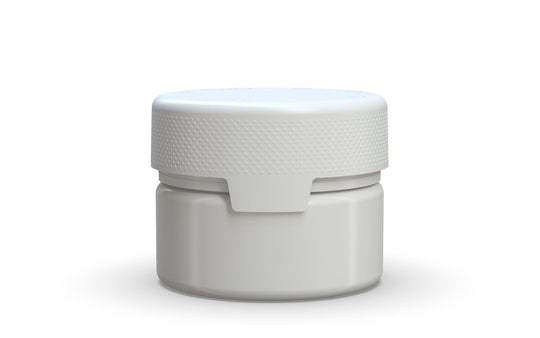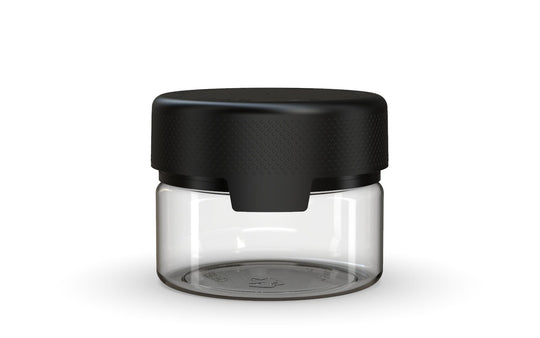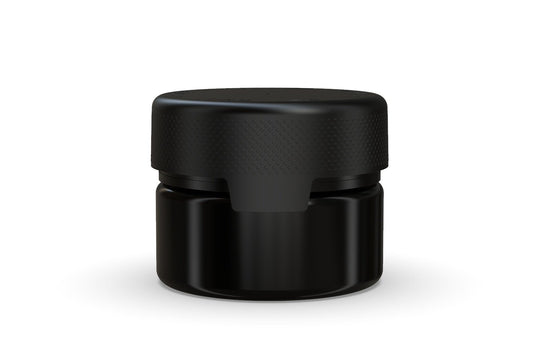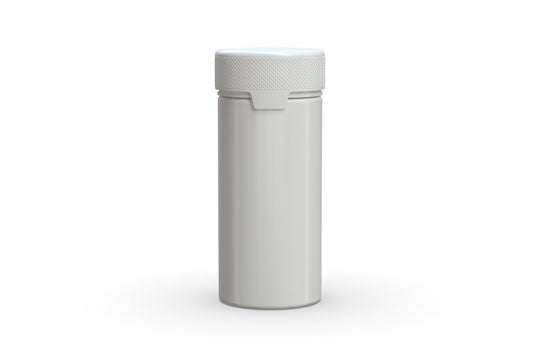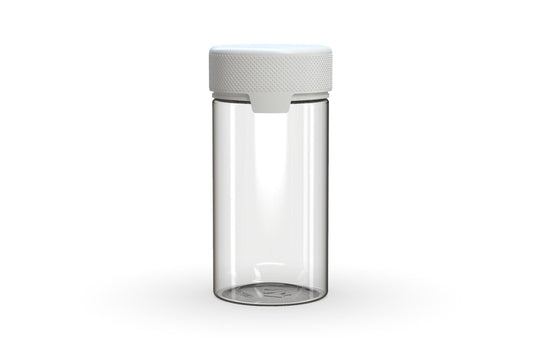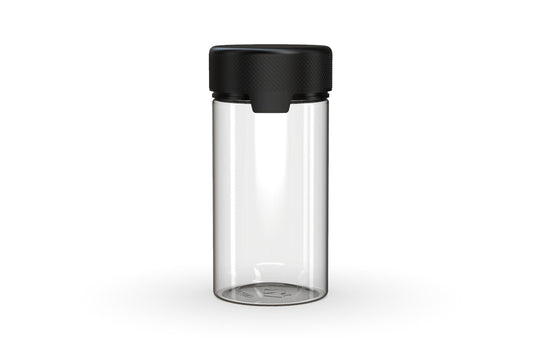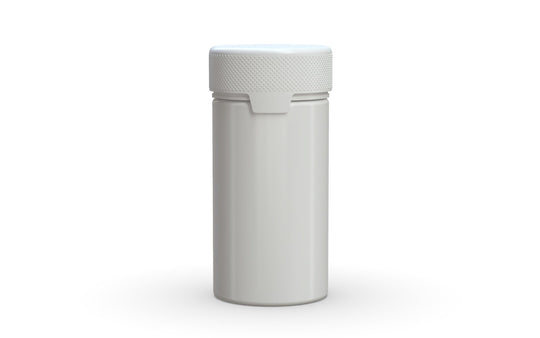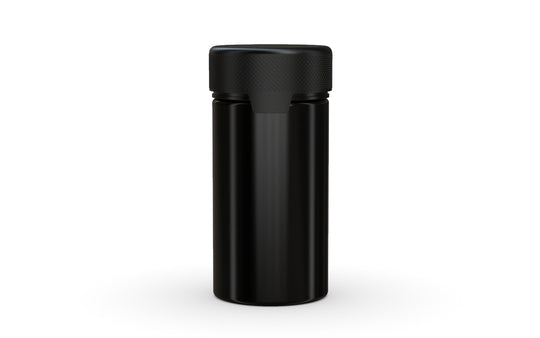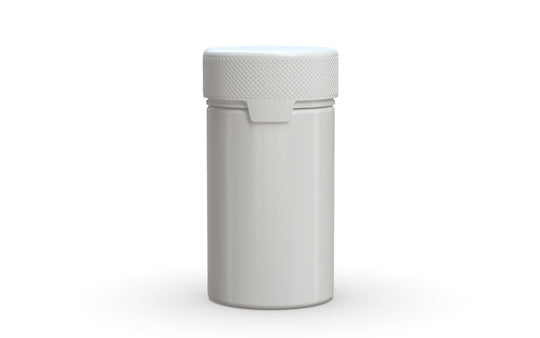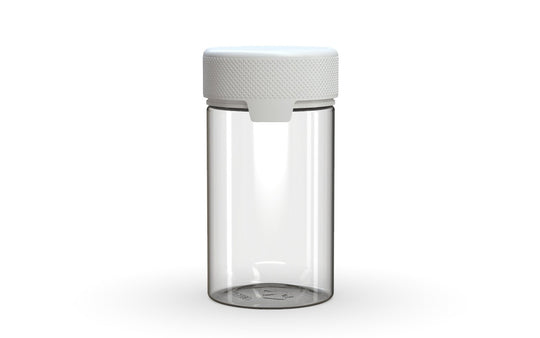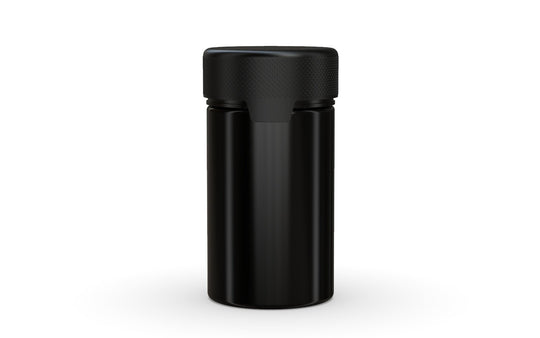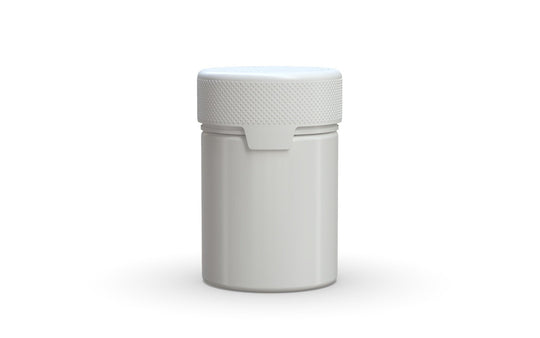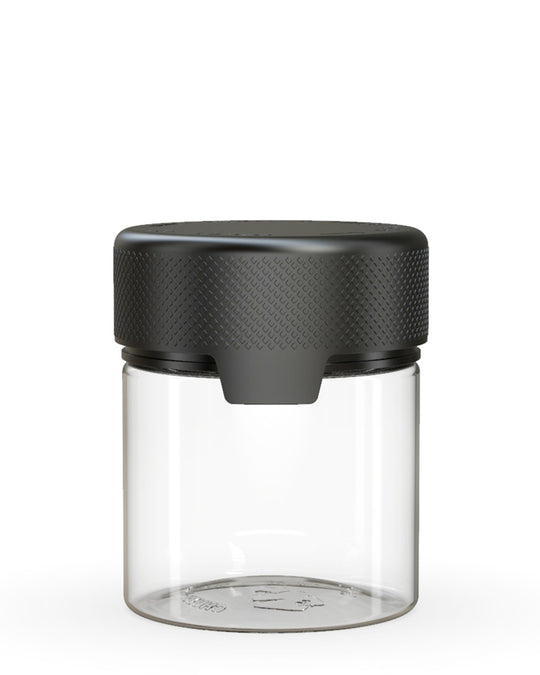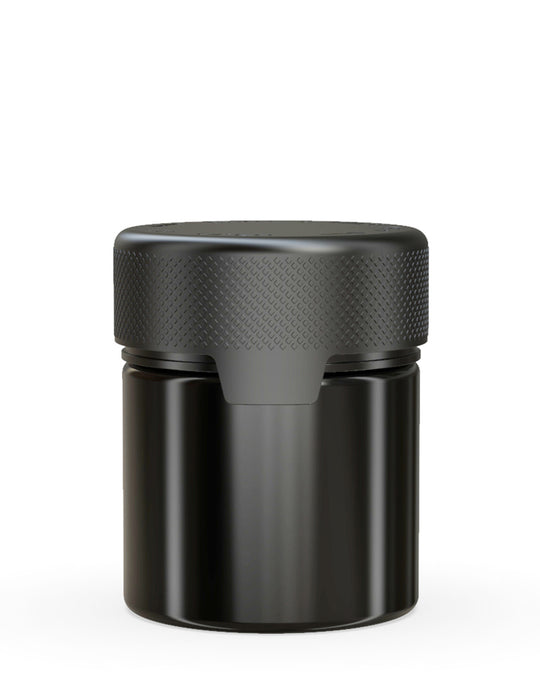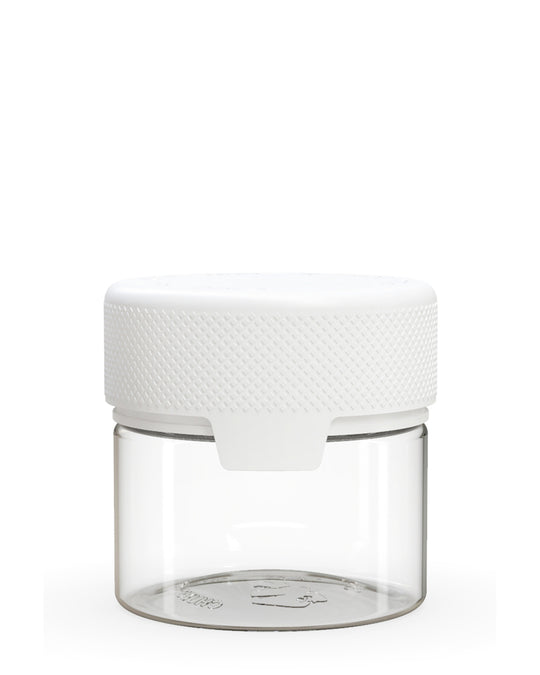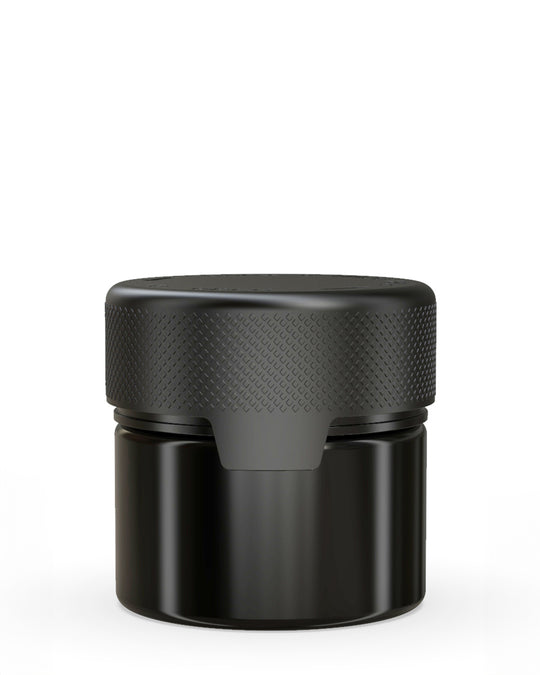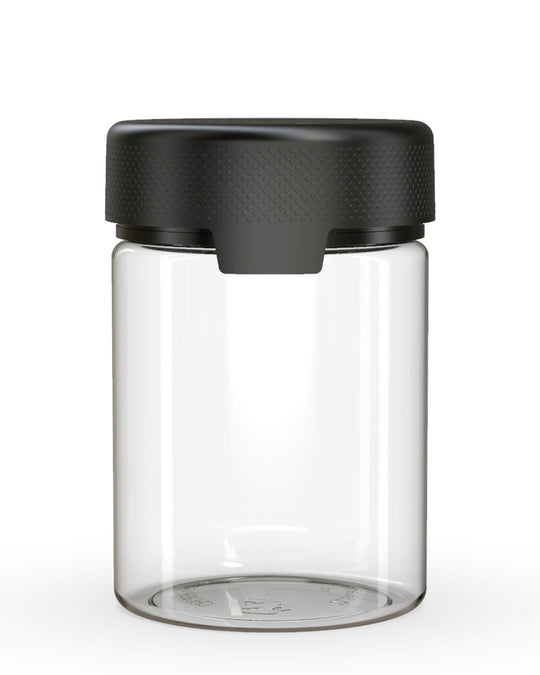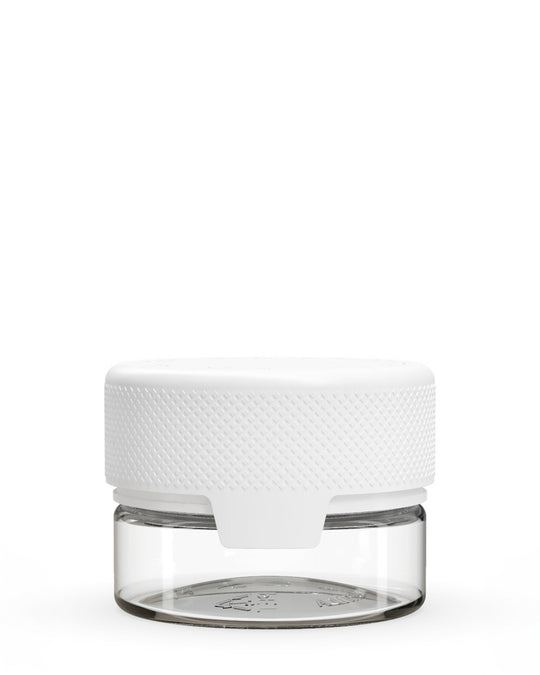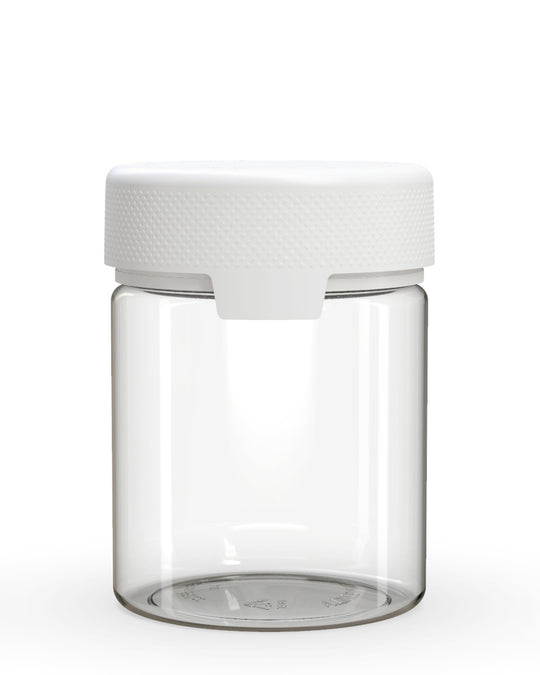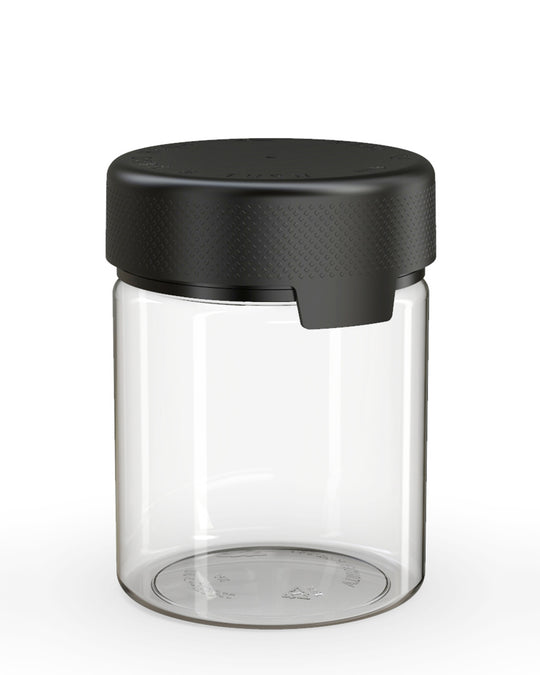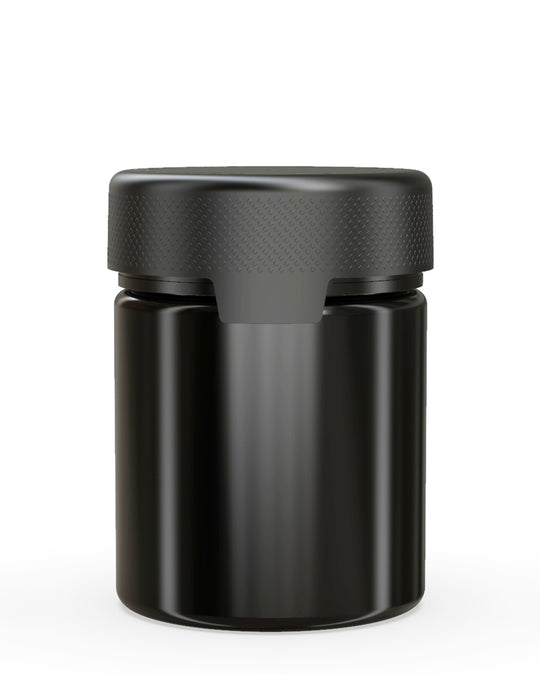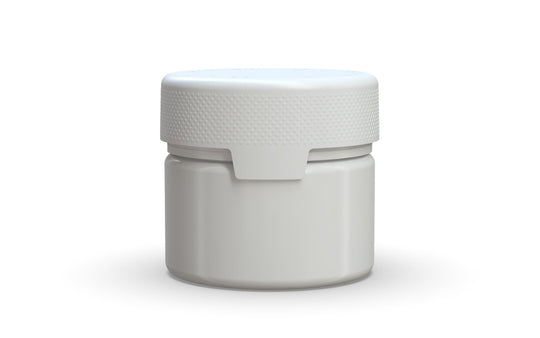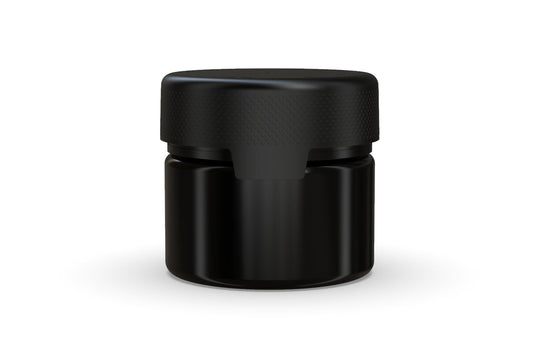Jewelry Packaging
Frequently Asked Questions About
Table of Contents
Jewelry Packaging: Elevating Your Brand Through Presentation
Jewelry packaging serves as the crucial first physical touchpoint between your brand and customers. Far beyond mere protection, effective jewelry packaging communicates brand values, creates anticipation, and enhances the perceived value of your pieces. As competition intensifies in both physical and digital marketplaces, distinctive packaging has become a significant differentiator for jewelry businesses of all sizes.
Whether you're an established brand seeking to refresh your presentation or a new designer establishing your market presence, selecting the right jewelry boxes and complementary elements requires balancing aesthetics, functionality, sustainability, and cost considerations.
Jewelry Packaging and Brand Impact
The unboxing experience has become a critical marketing moment, particularly for jewelry items that represent significant emotional or financial investments for consumers. Strategic packaging choices can:
- Reinforce brand identity through consistent visual language
- Create memorable unboxing moments that customers share online
- Protect valuable items throughout shipping and storage
- Provide practical storage solutions for customers
- Communicate brand values through material and design choices
Jewelry packaging supplies should be selected with both immediate presentation and long-term storage in mind. Many customers keep jewelry boxes for years, making them ongoing brand ambassadors in customers' homes.
The Psychology of Packaging
Research consistently shows that packaging significantly influences purchasing decisions and perceived product value. For jewelry, where emotional connection drives many purchases, packaging that creates anticipation and delight can substantially impact customer satisfaction and repeat business.
Premium luxury packaging signals quality and attention to detail that customers subconsciously transfer to their perception of the jewelry itself. This effect is particularly powerful for gifting occasions, where the presentation becomes part of the gift experience.
Wholesale Jewelry Packaging Options
Sourcing wholesale jewelry packaging provides cost advantages while maintaining quality and consistency across your product line. Key wholesale packaging categories include:
Boxes and Presentation Cases
The centerpiece of most jewelry packaging strategies, boxes range from simple cardboard constructions to elaborate luxury boxes with custom inserts, magnetic closures, and premium finishes. Common options include:
- Ring boxes with spring mechanisms or slots
- Necklace boxes with necklace cards or inserts
- Bracelet boxes with cushions or forms
- Watch boxes with pillow inserts
- Multi-piece collection boxes with compartments
When selecting wholesale boxes, consider how they will protect items during shipping and storage while creating an impactful presentation moment.
Pouches and Bags
Fabric pouches and luxury packaging bags offer versatility as either primary packaging or supplementary protection within boxes. Common materials include:
- Velvet or suede pouches for a premium feel
- Organza bags for delicate, visible storage
- Cotton or linen pouches for eco-conscious brands
- Drawstring or zip-closure options for security
Pouches are particularly effective for earring packaging and other small items, providing protection while maintaining a compact presentation.
Inserts and Displays
Specialized inserts transform generic boxes into custom-fitted presentations:
- Ring slots and cushions
- Necklace cards and displays
- Bracelet forms and rolls
- Foam inserts with custom cutouts
- Jewelry trays for multi-piece collections
Quality inserts not only enhance presentation but also protect pieces from movement during shipping and handling.
Eco-Friendly Jewelry Packaging Solutions
Sustainability has become a significant consideration for jewelry brands as environmentally conscious consumers increasingly factor ethical practices into purchasing decisions. Eco-friendly jewelry packaging options include:
Sustainable Materials
- Recycled and recyclable cardboard and paper
- Organic cotton and hemp fabrics
- Biodegradable plastics and films
- Bamboo and other rapidly renewable resources
- Reclaimed or responsibly sourced wood
When selecting sustainable materials, consider both production impacts and end-of-life disposal or reuse potential.
Minimalist Design Approaches
Eco-conscious packaging often embraces minimalism, reducing material usage while maintaining premium presentation through:
- Simplified structures that use less material
- Multi-functional designs that eliminate redundant elements
- Packaging that converts into displays or storage
- Elimination of unnecessary films, foils, and finishes
Many brands find that minimalist approaches align with contemporary aesthetic preferences while supporting sustainability goals.
Luxury Packaging Elements for Jewelry
For premium jewelry lines, packaging must communicate exclusivity and craftsmanship. Key elements of luxury jewelry packaging include:
Premium Materials and Finishes
Material selection significantly impacts perceived value:
- Leatherette or genuine leather exteriors
- Velvet, silk, or suede linings
- Soft-touch laminates and coatings
- Metal accents and embellishments
- Wood or acrylic components
Finishing techniques such as foil stamping, embossing, debossing, and spot UV coating add dimension and visual interest to luxury packaging for small businesses.
Structural Considerations
Luxury packaging often incorporates sophisticated structural elements:
- Magnetic closures for smooth opening experiences
- Ribbon pulls and other opening mechanisms
- Hidden compartments for certificates or care instructions
- Hinged designs that display jewelry dramatically
- Custom-fitted inserts that hold pieces securely
These structural elements contribute to both the functional protection of jewelry and the emotional impact of the unboxing experience.
Branding Integration
Effective luxury packaging subtly integrates branding through:
- Embossed or debossed logos
- Custom pattern designs
- Signature colors and finishes
- Branded tissue and wrapping materials
- Authenticity cards and branded care instructions
The principles that guide luxury cosmetic packaging and luxury skincare packaging often translate well to jewelry presentation, particularly in creating cohesive brand experiences.
Strategic Packaging Approaches for Jewelry Businesses
Developing an effective jewelry packaging strategy requires balancing multiple considerations:
Tiered Packaging Systems
Many successful jewelry brands implement tiered packaging systems that align with product price points:
- Premium packaging for high-value pieces and collections
- Mid-tier solutions for everyday fine jewelry
- Streamlined options for fashion or seasonal items
This approach optimizes packaging investment while ensuring appropriate presentation across product lines.
Seasonal and Limited Edition Strategies
Special packaging for seasonal collections or limited editions can drive excitement and collectibility:
- Holiday-themed packaging for gift-giving seasons
- Collaboration-specific designs for special releases
- Anniversary or milestone packaging for brand celebrations
- Collector's edition packaging for limited runs
These special editions create marketing opportunities while refreshing brand presentation without overhauling standard packaging.
Custom Solutions vs. Stock Options
While fully custom packaging offers maximum brand differentiation, many jewelry businesses effectively utilize stock options with customization:
- Stock boxes with custom printing or embossing
- Standard structures with custom inserts or linings
- Basic packaging enhanced with branded sleeves or bands
- Mix-and-match components from wholesale programs
This balanced approach allows for distinctive presentation while managing costs and minimum order quantities, especially important for growing businesses.
As jewelry brands evolve, their packaging needs typically shift from standardized wholesale solutions toward increasingly customized presentations that reflect brand maturity and market positioning. The most successful strategies maintain consistency in core brand elements while allowing flexibility to adapt to changing product lines, market conditions, and sustainability considerations.









